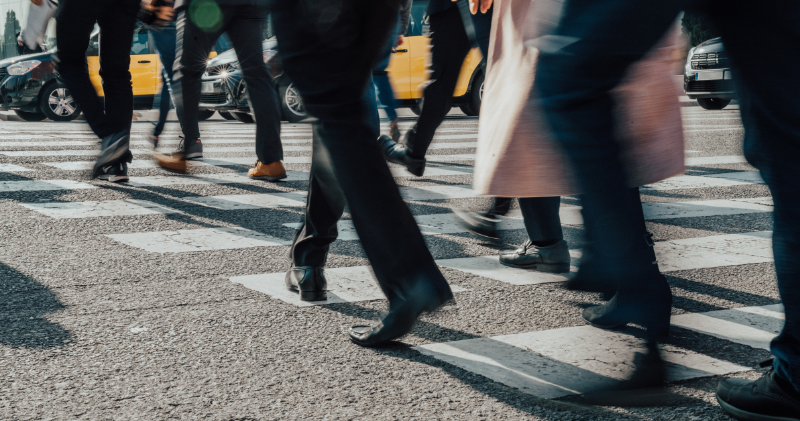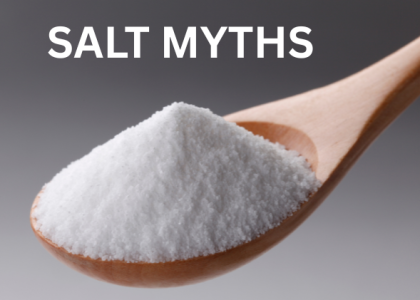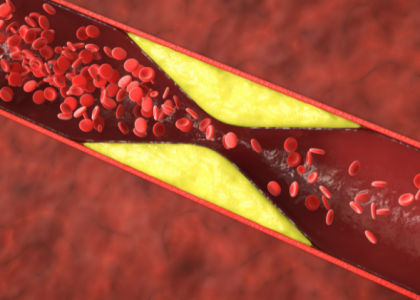In South Asian households, our elders love to reminisce about “the good old days.” While we might smile at their stories, when it comes to physical activity, they might be onto something important. The generational shift in how we move – or don’t move – tells an important story about our health.
Walking Through Generations
Our Grandparents: They walked everywhere. To markets, to friends’ homes, to work, to worship. Walking wasn’t exercise – it was transportation.
Our Parents: They walked to school carrying heavy book bags. Many walked miles each day, rain or shine, through village paths or city streets.
Us Today: We sit in traffic, drive to shops less than a kilometer away, and take lifts even for a single floor.
This change didn’t happen by accident. It reflects a dramatic shift in lifestyle that spans across India, Pakistan, and Bangladesh.
A Day in the Life: Then and Now
Morning Routines
Then: Wake at dawn, fetch water from the well, sweep the courtyard, grind spices by hand.
Now: Wake to alarm, check phone while lying in bed, use electric grinder for spices, turn on water tap.
Getting to Work/School
Then: Walk or cycle to school or work, often for kilometers.
Now: Drive an air-conditioned car or take an auto-rickshaw even for short distances.
Household Tasks
Then: Wash clothes by hand, cook from scratch, clean floors on hands and knees.
Now: Use washing machines, order food delivery, and operate robot vacuum cleaners.
Evening Recreation
Then: Evening walks with family, physical games in the neighborhood.
Now: Television, smartphones, and video games while sitting on comfortable sofas.
The Numbers Tell a Story
Recent data shows that physical inactivity has reached alarming levels globally, with approximately 31% of adults worldwide not meeting recommended levels of physical activity [1]. South Asians, especially those in urban areas or who have immigrated to Western countries, show even higher rates of physical inactivity compared to other ethnic groups [2].
Studies show that in some South Asian communities, prevalence of sedentary lifestyle can be as high as 60% [3]. This is particularly concerning because South Asians develop heart disease and diabetes at younger ages and lower body weights compared to other ethnic groups [4].
Not Just Convenience – A Cultural Shift
In South Asian cultures, our relationship with physical activity has changed in subtle but important ways:
Status Symbol: Owning a car and hiring domestic help became markers of success. Walking came to be seen as something only the poor do.
Family Priorities: We emphasize academic and professional achievements over physical wellness. “Study more, play less” became a common refrain.
Urban Design: Our cities were redesigned for vehicles, not pedestrians. Many areas lack safe walking paths, parks, or cycling lanes.
Technology: From smartphones to food delivery apps, technology has removed countless small movements from our daily lives.
The Toll on Our Bodies
The health consequences of this generational shift are evident:
- Heart disease rates are rising rapidly across South Asia
- Diabetes is appearing at younger ages
- Joint problems from lack of movement
- Rising obesity rates in urban areas
Chacha Akhtar from Lahore recently told me: “In my day, diabetes was called ‘the rich man’s disease’ because only wealthy people who didn’t work physically got it. Now everyone seems to have it, even young people.”
Similarly, Sharma Aunty from Delhi observed: “My grandson spends hours hunched over his phone. When I was his age, I would walk 3 kilometers to school, come home to help with housework, and still have energy to play in the evening.”
Finding Our Way Back to Movement
We don’t need to reject modern conveniences completely, but we can bring movement back into our lives:
Simple Changes That Make a Difference
- The After-Meal Walk (Tahalna): A 15-minute walk after dinner can aid digestion and regulate blood sugar. Make it a family tradition!
- Stand and Move While Taking Calls: Instead of sitting for phone calls, use them as an opportunity to walk around your home.
- Park Further Away: Choose parking spots further from entrances to add short walks to your day.
- Take the Stairs: Skip the lift for a few floors. Even one flight of stairs is better than none.
- Return to Traditional Practices: Kneading atta (dough) by hand, sitting on the floor to eat, or doing traditional prayers that involve movement.
Learning From Our Elders
Ironically, we can learn much from the generation that didn’t have access to modern fitness knowledge but moved naturally throughout the day.
Mrs. Begum, 78, from Dhaka said it best: “We never ‘exercised,’ but we never stopped moving either. Now people drive to gyms to walk on machines. It makes no sense to me!”
A Call to Action
The escalating rates of heart disease and diabetes in South Asian communities demand our attention. Physical inactivity is now recognized as the fourth leading risk factor for global mortality, yet it’s one we can address through simple daily choices [5].
Today, make a commitment to add one small movement habit back into your life. Perhaps a morning stretch, an evening walk, or choosing stairs instead of the lift. Small changes, when consistent, create meaningful differences.
Our grandparents walked not because they understood exercise physiology, but because it was part of life. We need to reintegrate movement into our modern lives – not as a burdensome “workout” but as a natural, joyful part of our day.
After all, our bodies were designed for movement, not for sitting in traffic.
References
- [1] World Health Organization. (2024). “Nearly 1.8 billion adults at risk of disease from not doing enough physical activity.”
- [2] National Center for Biotechnology Information. (n.d.). “Lifestyle Physical Activity Behavior among South Asian Indian Immigrants.”
- [3] National Center for Biotechnology Information. (n.d.). “Physical activity patterns among South-Asian adults: a systematic review.”
- [4] National Center for Biotechnology Information. (n.d.). “Objective measurement of physical activity and sedentary behavior among South Asian adults.”
- [5] National Center for Biotechnology Information. (n.d.). “Sedentary Lifestyle: Overview of Updated Evidence of Potential Health Risks.”




